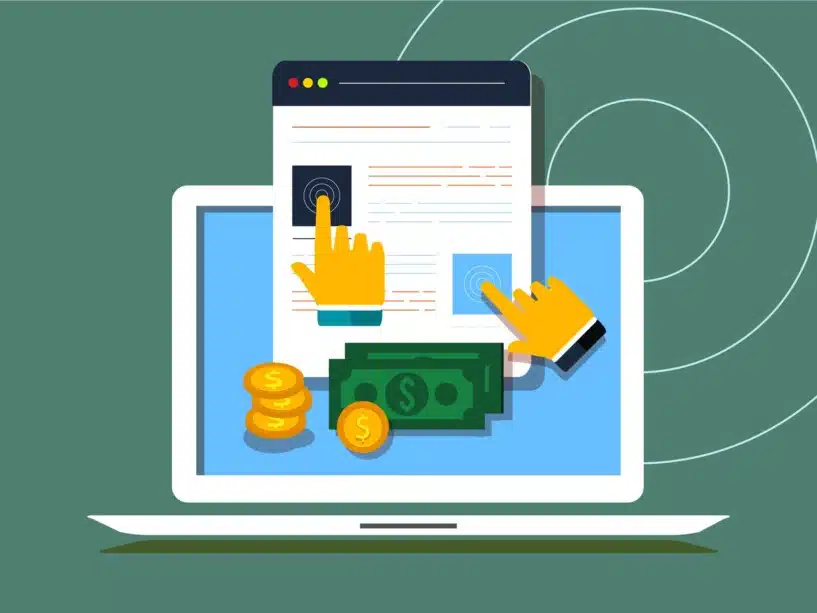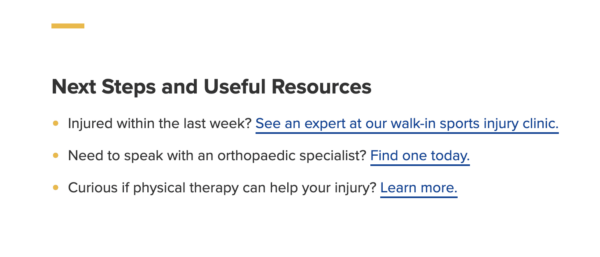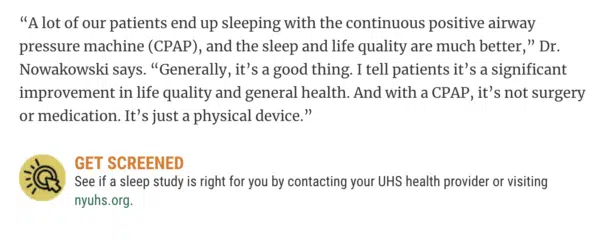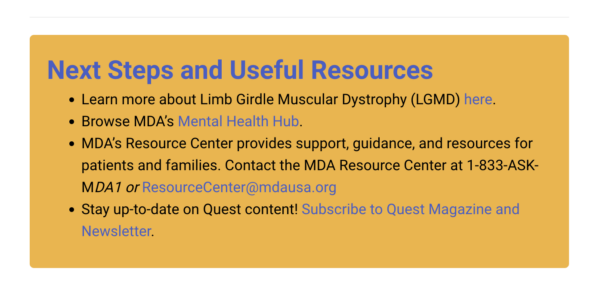From Clicks to Conversions: How to Turn Web Traffic to Revenue with Content

Having a strategy to turn your website clicks to conversions can be a great revenue-booster for your organization. Read on to learn how you can make the most of your website content and encourage your audience to act.
Clicks vs. Conversions: What’s the Difference?
Getting someone to click on a link to your website to read your content is a good first step. A click can be defined as web traffic that generates general brand awareness and interest in your services or offerings. A content strategy can help you gain clicks and build trust and affinity for your organization.
But simply having a lot of website traffic doesn’t automatically result in conversions. Going a step further, a conversion is when your audience takes an action on your site that translates into revenue for your business. For example, you may want them to register for a course or event, make an appointment, schedule a screening or become a subscriber. When they take these kinds of actions after reading your content, that’s a conversion.
How to Convert Your Audience with Content
Content hubs give consumers a place to turn their interest into action. They shouldn’t just be a place where you dump content. Every page should have a purpose and a conversion goal. A content governance policy can help you establish what you want to achieve with your site’s content, make good content decisions and assess the value of your efforts.
To encourage your website visitors to act, focus on crafting compelling calls to action (CTAs) for each page. It’s also imperative that your site is optimized for mobile devices. Nearly 60% of all website traffic comes from mobile, according to Statista. And when your ultimate goal is turning clicks to conversions, you want to make sure you offer something of value to your audience. They won’t convert and give you their valuable personal information or money without there being something in it for them.
Strong, Clear CTAs
When it comes to creating compelling CTAs that can help you achieve your conversion goals, using clear and specific language is key. That way there is no ambiguity as to what the reader should do.
Using action verbs and creating urgency is another tactic that can help you convert your audience. After all, your best opportunity to convert them is right then and there.
The design around your CTA matters, too. Simple elements such as font style changes, icons and boxes or buttons can help these important conversion opportunities stand out.
In some situations, a CTA that provides multiple options can be your best bet. For example, you could provide a phone number for those who might want to talk with someone to learn more, or an email address for those who prefer to send a message after normal business hours. By giving your readers some flexibility, you allow them to choose the action that’s most appropriate — and most valuable — to them, which can help drive more conversions.
Mobile-first, Responsive Design
Responsive web design (RWD) is a mandatory aspect of website user experience these days. With decreasing digital attention spans, RWD is necessary to keep your audience engaged long enough for them to convert. If smartphone readers are presented with a wonky site design where text and images get cut off or appear tiny because the site is only optimized for desktop, they may click away and try to find the information they desire elsewhere. Similarly, if readers experience issues with your site speed or performance when viewing on mobile, they may close out of your site and an opportunity to convert is lost.
The goal with website design should be to provide a consistent and user-friendly experience, regardless of the device’s screen dimensions or resolution. This ensures that your audience can focus on your content, so they will ultimately find value in your offerings and convert.
High-value, Relevant Offers
Another piece of the puzzle when looking to turn your clicks to conversions is to make sure what you offer is valuable and relevant to your audience. Think about how your product or service answers the question: “What’s in it for me?” Is it something necessary, compelling or unique enough that your readers would be willing to provide their personal information or hard-earned dollars in exchange for it?
Beware of asking your audience to convert for something they can get for free elsewhere, as that could be a turn-off.
Examples of Content that Converts
Creating content that ultimately gets your audience to convert isn’t rocket science. By following these tips and best practices, you can set yourself up for success. Here are four examples of how you can connect your content to a conversion and generate revenue for your organization.
1. Make an Appointment
A “make an appointment” CTA is a logical next step for many healthcare topics, including this article about tips for treating minor injuries. In this example, the article explores seven things people could do to care for their injuries at home. But at the end of the article, there are three opportunities for readers to click to convert:
These CTAs are effective in that they are directly related to the content at hand, timely, action-oriented, clear and concise. The readers of this article likely have an injury, so all of these action opportunities could be of value as they search for ways to feel better. They also all result in revenue for the hospital when the reader makes an appointment and becomes a patient.
2. Schedule a Screening
The article “Sleep Is Good Medicine” discusses the importance of quality sleep and how a sleep study could help people figure out the root cause of their sleep issues. The CTA for this article directs readers to contact their provider or visit the hospital’s website to see if a sleep study is right for them.
The lead-in to this article’s CTA is direct and to the point: Get screened. The CTA design stands out from the rest of the article because the lead-in is all caps, bold and orange in color — a stark contrast to the rest of the text on the page. There’s also an icon to indicate there’s a link to click.
3. Become a Subscriber
At the end of every article on the Muscular Dystrophy Association’s Quest content hub is a bright and colorful box that highlights next steps and useful resources for readers. These CTAs follow best practices by using clear and specific action verbs and give readers plenty of options as to what they could do next.
An evergreen conversion is the opportunity for readers to subscribe to your e-newsletter or print publication. In this example, the audience is encouraged to stay up to date on the latest Quest content, and clicking the link allows them to manage their subscription preferences and sign up. For the reader who enjoyed the article and wants more, this is a prime conversion point.
4. Register for a Class
Publishing an article about how to generate more referrals from fellow real estate agents was an excellent opportunity for the Residential Real Estate Council to promote its upcoming courses on related topics. The conversion opportunity came at the end of the article with an eye-catching, orange arrow icon that made it clear there were links to click in the CTA box. Interested readers are then taken to the Council’s course catalog, where they can complete their registration and pay to take the course.
A lot of times, an article such as this will only scratch the surface of a topic. If there is a deeper dive or similar paid offering on the topic, give interested readers the information they need to take the next step.
What to Do If Your Content Isn’t Converting
If you aren’t getting the conversions you hoped for, it may be a good time to conduct a content audit. Take a critical look at why your website’s content is failing to convince your readers to take the desired actions. An audit will reveal which pages need to be updated to boost conversions and which ones need to be removed or reworked, so you can be successful in turning your web traffic into revenue.
Want More Insights Directly in Your Inbox?
Subscribe to the Content Studio newsletter for a monthly dose of content marketing articles, resources, templates and tools. Fill out the form below to join the list!





